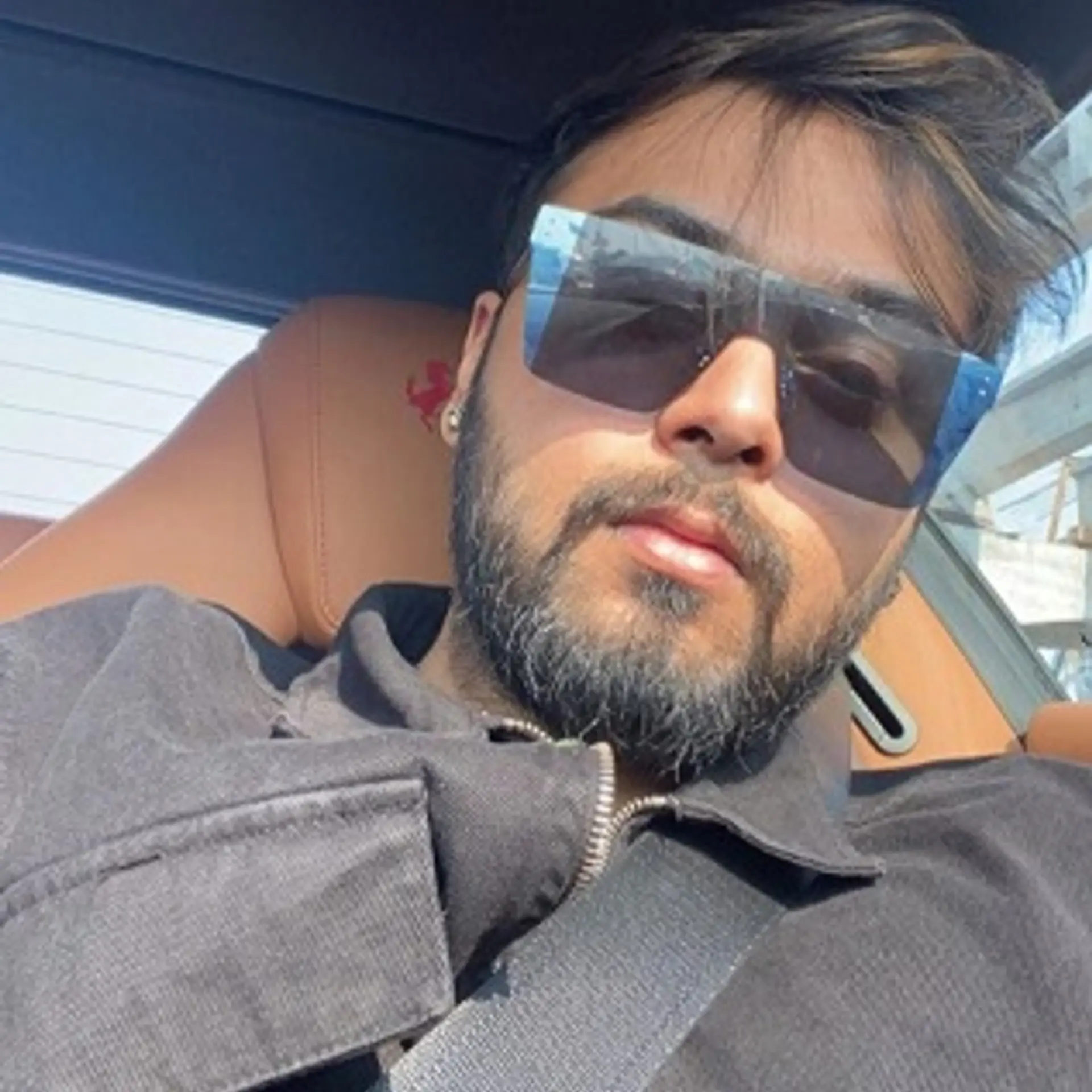

Modern medicine has evolved in life-changing ways in comparison to how different diseases and disorders were treated in ancient times. With rising number of surgeries to treat many chronic diseases, there is an increasing need for advanced medical instruments. Advances in technology have led to revolutionary inventions in the field of medicine over the past century. From the discovery of penicillin to the invention of various crucial diagnostic and therapeutic types of equipment, we have come a long way!

Some technologically advanced diagnostic and therapeutic equipment that have made a humongous impact in the patient's lives are :
Automated External Defibrillator (AED)

At a critical juncture, when a medical emergency occurs, it has never been more important to have a vital, life-saving equipment at the reach. Upon the event of a sudden cardiac arrest or cardiac arrhythmia, the automated external defibrillator (AED) can end the arrhythmia. Through defibrillation, it will be able to restore a normal rhythm to the heart by delivering a dose of electrical energy.
Without undergoing defibrillation, a person in cardiac arrest decreases his survival odds by 7 percent per minute in the first 3 minutes. It decreases further by 10 percent per minute as time advances beyond 3 minutes. These numbers state the extent to which a good medical equipment can play a key role at the zero hours.
Shortwave diathermy

Scientific advancements have also helped in pain alleviation among ailing patients. Therapeutic treatments such as diathermy, most prescribed for muscle and joint conditions, use a high-frequency electric current to stimulate heat generation within body tissues. Shortwave diathermy involves the use of high-frequency electromagnetic energy to generate heat. It may be applied in pulsed or continuous energy waves. It has been used to treat pain from kidney stones and pelvic inflammatory disease. It is used for conditions that cause pain and muscle spasms.
Shortwave therapy stands out in comparison to other traditional heating methods as it provides a sort of "deep heating". Traditional hot packs or infrared therapy can provide temporary relief by providing external heating. But shortwave therapy produces heat within the tissue by use of electromagnetic waves. This method of heating yields benefits such as reduction in muscle spasms, pain, and also a significant increase in mobility.
Magnetic Resonance Imaging (MRI)

Magnetic Resonance Imaging (MRI) has also been able to make a vast impact in the field of diagnosis by identifying structural abnormalities in the human body. MRI scanning is a pain-free radiology technique that uses magnetism, radio waves, and a computer to produce images of the body. The MRI scanner is a tube surrounded by a giant circular magnet used to investigate damages that occur in the brain, heart, kidneys etc. Radio waves more than 10,000 times more powerful than that of the Earth's magnetic field is passed through the body. Although powerful, they are not known to emit any harmful radiation(unlike X-ray and CT scans). They also provide more immensely precise details which increase their diagnostic quality.
Technology today affects every aspect of the modern world. But the contributions of technology to the field of medicine has, without doubt, made an immense impact on people's quality of life.
The development of sophisticated instruments has allowed surgeons to perform intricate procedures that weren’t possible until a few years ago!





